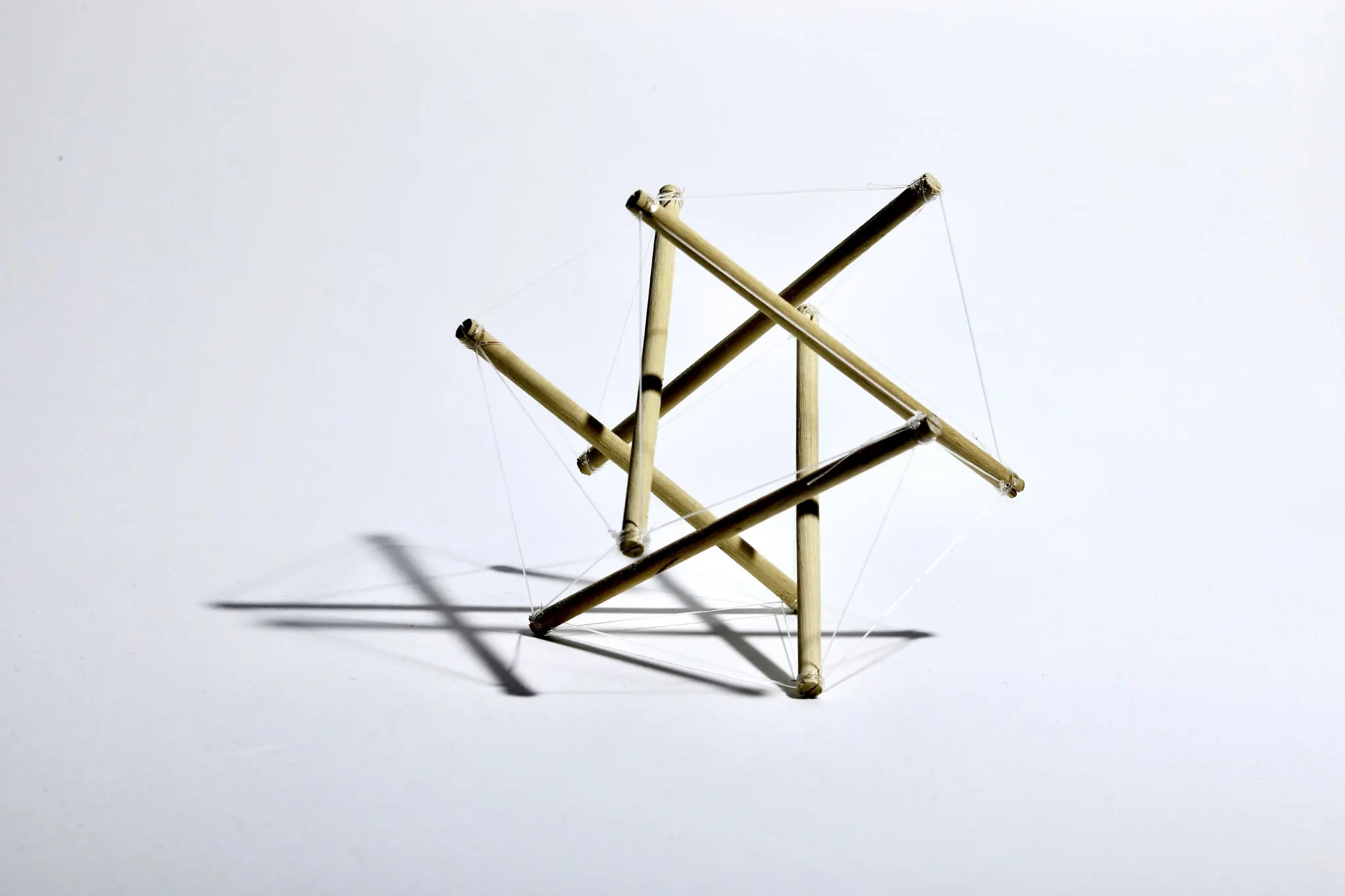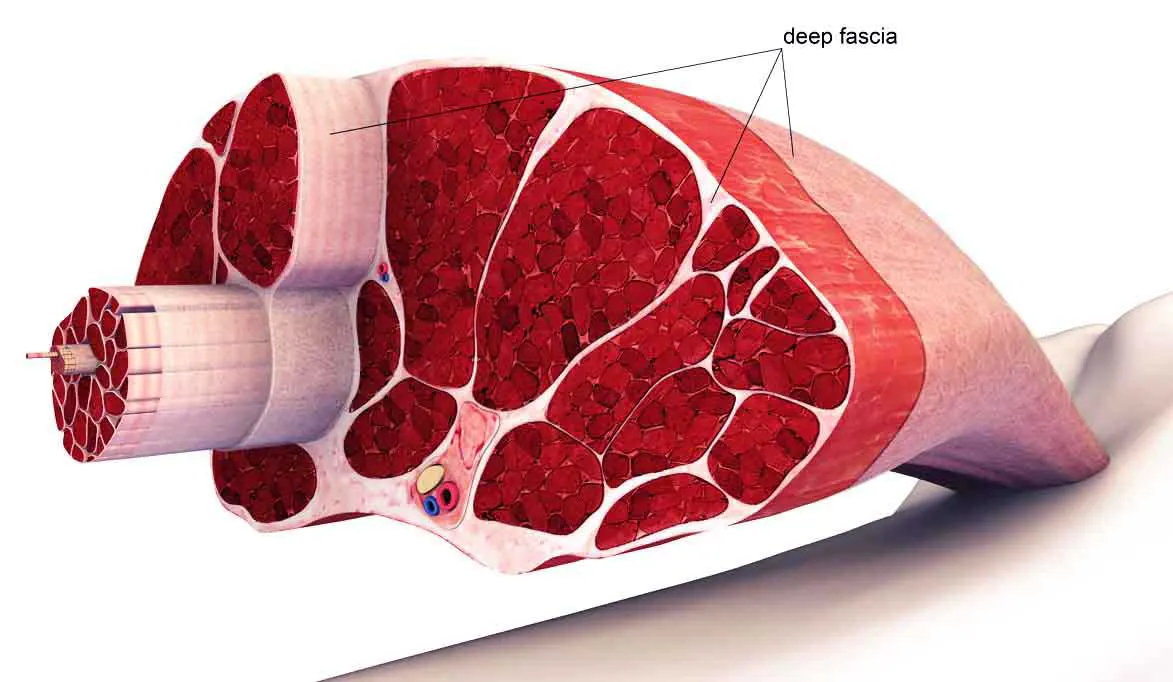Biotensegrity in Wing Chun Kung Fu

27/10/2021
By Maksem Manler
Chu Shong Tin Wing Chun is quite unique when compared to other internal martial arts. One of the key differences is the way in which a CST practitioner's body distributes weight via their spine. Weight is transferred efficiently through the spine, which is already different to other internal arts by virtue of the fact that most other internal arts are focused on using the Lower Dantien for this purpose.
This was one of the key things I became very interested in 3 years into my Wing Chun journey with Sifu Mark Spence. One of the first books I stumbled across that launched my studies into the body was Rolfing: Reestablishing the Natural Alignment and Structural Integration of the Human Body for Vitality and Well-Being.
I happened upon this book by chance in Kinokuniya. When I took a brief look inside the book, I became fascinated by Dr. Ida Rolf's perspective and research into fascia, and different ideas regarding muscular balance. For example, the tonal balance between muscles i.e. the Bicep and Tricep. When a muscle contracts, its antagonist should lengthen - evenly. But this is rarely the case in modern bodies. Often times, muscles do not perform as they should.
Dr. Ida Rolf went on to say abnormal movement patterns appear to be average across society, but they can not be considered normal. Normal is how we are meant to function in nature. Average is common; common being distorted fascial patterns of movement amongst the majority of people. For example, the tensor fascia lata is a commonly shortened muscle in the body, which interferes with how the body processes gravity through the upper leg and pelvis. It is not normal, however it is average.
The book discusses concepts I was familiar with about the lengthening of the spine, creating space in the joints, muscles acting with minimum effort and in balance. What seemed most interesting to me was the fact that she offered an explanation as to a cause of tension and distorted muscular patterns - that being, fascia which is stuck.

Fascia as we have discussed before is a wrapping of all the muscles, bones, organs, nerves, ligaments and other structures inside the body. This web wraps everything inside your body. What tends to happen to the majority of us through bad postural habits, injuries and other causes is that the fascia secretes a glue like substance that prevents structures in the body from gliding across each other smoothly, and so this causes us to use more energy to achieve the same work. Literally, our body parts become stuck together internally due to this secretion.
And so Rolfing is simply a method of treating the stuck fascia so as to allow the body to operate as it should, unstuck and free.
I found this idea particularly appealing as it could help one move in a much more effortless way by removing stuck areas of fascia in the body and aiding realignment of the internal organs and bones.
This concept lead me to another field of study which is called Biotensegrity. This word is an amalgamation of the words Biology and Tensegrity. In other words, Tensegrity in the human body.
We will take a step back and look at this concept called Tensegrity. Tensegrity, or tensile integrity, is a system of isolated, compressed components within a network of chords that are under continuous tension. In a pure tensegrity structure, these components do not touch but experience compression nonetheless.
This video below from Tom Myers helps to describe the concept of Tensegrity in the human body and is a nice visual aid in helping us understand how Tensegrity applies to our bodies.
In our body, the bones act as the compression structures and the fascia acts as the tension structure that connect the bones to each other. When we use the word tension in this context, we are not talking about tension created by muscular contraction. We are talking about the tension created by the distribution of weight throughout the fascial structure, ligaments and bones of the body.
The weight is distributed evenly throughout the structure and does not need the ground to maintain its structural integrity. Weight can be supported in different positions that are not linear because the weight is supported evenly by the entire structure. This opens up the idea that the centre of weight can be relocated to different areas of the body. Subtle changes in tensile support can bear different results i.e. relocating the centre of weight to the wrist or finger tips.
Chu Shong Tin was asked in the 2005 footage where his centre was located, to which he confidently replied, "my centre is everywhere - all over". He was elaborating on the idea that in the beginning it is helpful to pin point your centre of weight, but later on, it is distributed throughout the entire body and not localized.
It is important to remember that the Biotensegrity framework only helps to describe how effortless Wing Chun power is possible in the human body; but it does not describe how you do it. These things are separate. One can fall victim to thinking that this idea explains the methodology, which is not true. One should take care not to confuse the two.
Another interesting aspect to Tensegrity is how a Tensegrity structure essentially divides the total weight of the object by the number of loci in the structure. In the human body these loci are considered the joints.
As gravity itself is an acceleration towards the dielectric plane of inertia, the path of acceleration can be redirected through the structure, of course depending on the level of skill of the practitioner. Each segment of the body if it were to be cut off from the rest of the body has its own centre of weight. Biotensegrity implies that each centre of weight of each segment becomes connected to every other segments' centre of weight via the tensile materials of the body, that being fascia, ligaments, tendons etc.
When the spine is in an expanded state, meaning the bones have moved slightly apart due to the relaxation of the spinal muscles, the ligaments become taut and are able to transfer weight efficiently. Chu Shong Tin stated many times that all joints of the body must expand, not only the spine. The reason for this is simply so weight can transfer through each segment and be projected outside the body.
The spine is used as a conduit for power and attaining relaxation and control of the spine is at the forefront of the CST system. With further research, practitioners becoming more advanced and availability of information we will uncover the science behind this amazing system over time.

By Maksem Manler